
In this well-illustrated article, Prof Ganapathy demonstrates how technology enabled remote healthcare has become a reality in India. Creating a passionate team to administer and implement well thought out operating procedures is the key to success. “Man management”, “change management” is more important than using technology to produce “Customer delight”.
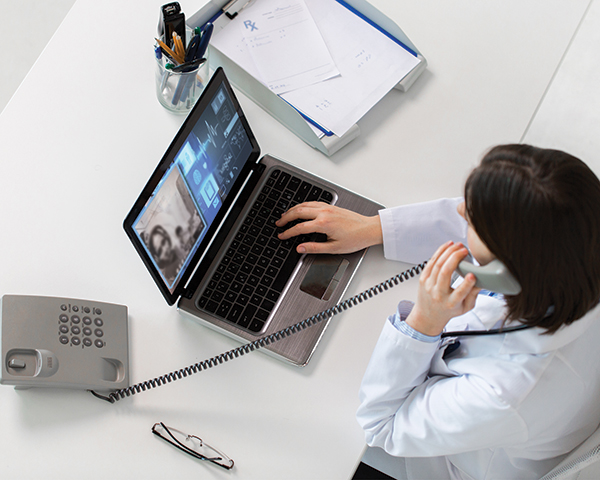
Making Geography History, ‘Making Distance Meaningless’, ‘A Hospital in your Pocket’, ‘Cost-effective, needbased, healthcare to everyone, anytime anywhere’ are all these hyperboles, a fertile imagination working overtime and hype. Is Remote healthcare through the internet possible in an ‘emerging economy’. On June 6th 2011 United Nations had declared that Internet Access Is a Human Right. India is no longer a third-world developing country. The new Digital India is an emerging economy. We no longer follow the west. We don’t piggy back or even leap frog. We pole vault. After all how much can a frog leap? That there is an insurmountable urban rural health divide in India is also well known. India is a paradox. We have centres of medical excellence better than the best. The tens of thousands who come to India every year for the most complex surgical procedures stand testimony. At the same time 750 million Indians do not have immediate physical access to secondary and tertiary medical care. The author in Feb 20151 conclusively showed that 934 million Indians lived in areas where there was not a single neurologist or neurosurgeon. Not in the life time of our great grand children will there be enough brick and mortar hospitals or doctors in India. At the same time we have crossed the one billion mark in mobile phones. The country is getting geared to make available 5G. Technology-enabled Remote Virtual Healthcare is today a reality in India. The illustrations given below demonstrate that pilots and proof of Concept Validations have given way to make Remote Healthcare an integral part of the healthcare delivery system.
A Story from the Himalayas Non availability of quality healthcare in mountainous isolated areas is a universal problem. Through an innovative, Public Private Partnership with the Govt of Himachal Pradesh 24/7, affordable, remote virtual healthcare is being provided at Key long and Kaza (14,500 ft, - 5C temp) in North India1. Collaboration within the institution, developing alliances within the community, developing external partnership, identifying critical services, engaging specialists, developing shared vision, exploiting funding opportunities, exploring technological options and improving administrative processes were important. During the last three years it has been proved that a dedicated passionate group of champions can truly effect a major cultural and behavioural transformation in an isolated community. Technology was used as a means to achieve an end. It was never an end by itself.
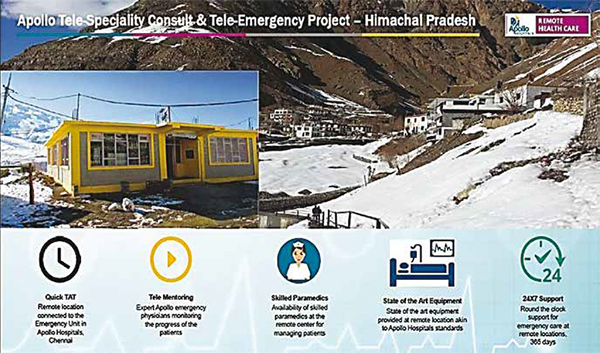

In a first of its kind initiative the Govt of Andhra Pradesh outsourced the complete maintenance of 164 Primary Health Centres located in suburban areas. Over the last 20 months Remote Healthcare in the form of speciality teleconsults have been provided on 220,000 occasions constituting 7.5 per cent of all footfalls. All teething troubles have been sorted out. The operational details have been fine tuned. A combination of deployment of state of the art technology, continuous monitoring of patient satisfaction, learning, unlearning and re learning has led to acceptance of teleconsults by the community and the administration. This success story has resulted in other state governments following this model. ( Ref http://www.euphc-ap-gov.in/ )
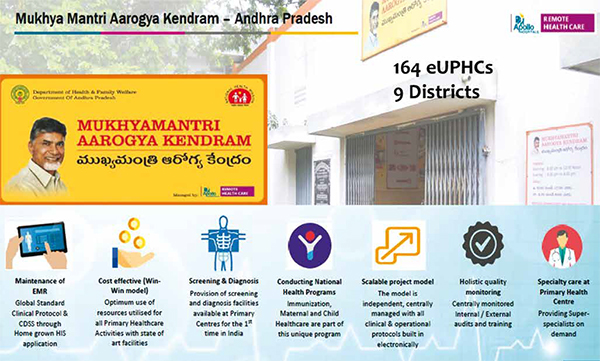
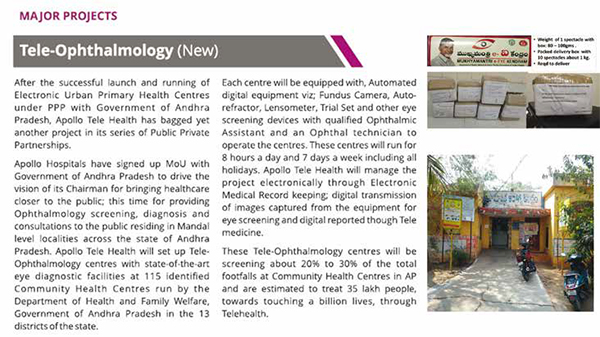
Millions of people around the world are at risk of developing permanent visual impairment due to lack of eye care services. In India, the ophthalmologistpatient ratio is dismal, at 1:10,000. The Andhra Pradesh Tele-Ophthalmology Services under the brand name ‘ Mukhyamantri e-EyeKendram-MeEK’ is a specialised Telemedicine program using state of the art eye care equipment comprising of Fund us Camera and Autorefractometer integrated with a complete EMR system enabling remote grading of high resolution medical grade fund us images for diagnosing important eye ailments. With 60 ophthalmologists located 150 to 300 km away and two spectacle manufacturing factories also located far away this tele ophthalmology service is demonstration of Remote Eye care at its best.
Over the last 3 years, half a million individuals have been screened for diabetes, hypertension, obesity and recently for lumps in female breasts. More than 7000 individuals have availed of teleconsults and tele diet counselling during the screening camps.
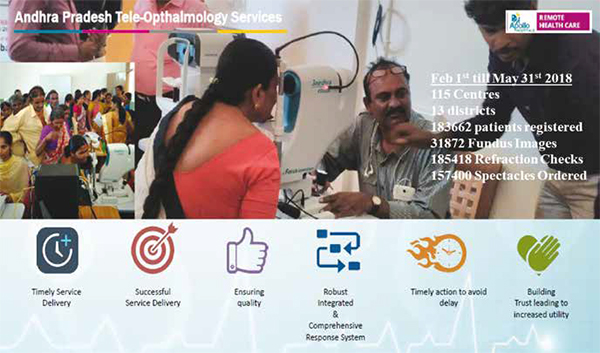
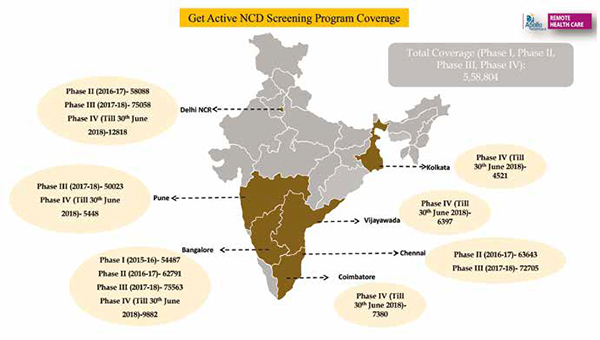
Technology-enabled Remote Healthcare is now a reality. Though an administrative decision, for PPP’s to be successful, political and community support is essential. Used judiciously and customised, PPP can change the healthcare landscape, if interests of all stakeholders are considered. Formulating legal and regulatory framework together, the confidence of government and private players to invest in such partnerships would increase. PPP will help mobilise resources for specialist healthcare. Creating a passionate team to administer and implement well thought out Standard Operating Procedures make all the difference between success and failure. With proper ‘Man management’, producing ‘customer delight’ is doable.
Acknowledgments
These projects are being successfully implemented only because of a dedicated passionate team whose motto is “ Failure is never an option” . The author acknowledges the leadership of Vikram Thaploo, Premanand, Dr Ayesha, other heads of the support staff and the hundreds who together form a TEAM, who “unwept, unhonoured and unsung” work day and night responding to most unreasonable demands.
References:
1. http://www.neurologyindia.com/article.asp?issn=0028-3886;year=2015;volume=63;issue=2;spage=142;epage=154;aulast=Ganapathy;type=0c
2. https://www.ncbi.nlm.nih.gov/pubmed/27135412